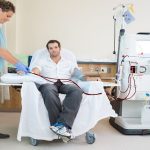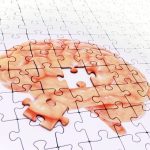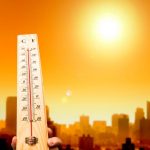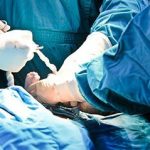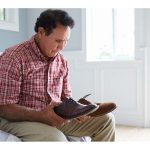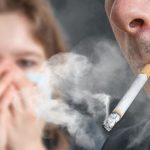
There’s yet another reason to quit smoking: It increases the risk of deadly bleeding strokes, a new study warns. Researchers focused on a type of stroke called subarachnoid hemorrhage (SAH), which occurs when a blood vessel on the surface of the brain ruptures and bleeds into the space between the brain and the skull. This type of stroke mainly affects middle-aged adults and has high rates of complications and death. In this study, researchers analyzed genetic data gathered from more than 408,000 people, ages 40-69, in the United Kingdom between 2006 and 2010. During that time, more than 900 of these strokes occurred. The more people smoked, the greater their risk of SAH. Compared to those who didn’t smoke, those who smoked half a pack to 20 packs of cigarettes a year had a 27% higher risk. Those who smoked more than 40 packs of cigarettes a year had a nearly three times greater risk, according to the findings. The researchers also found that people who were genetically predisposed to smoking — as determined by the researchers’ scoring system — had a 63% increased risk, according to the study. The results were published Jan. 14 in the journal Stroke. “Previous studies have shown that smoking is associated with higher risks of SAH, yet it has been unclear if smoking or another confounding condition such as… read on > read on >










